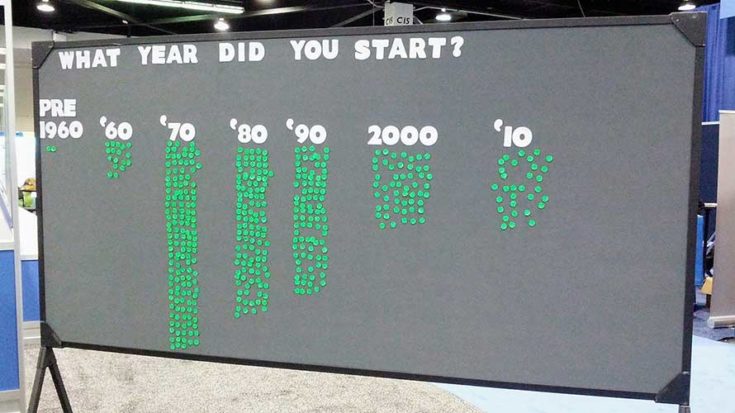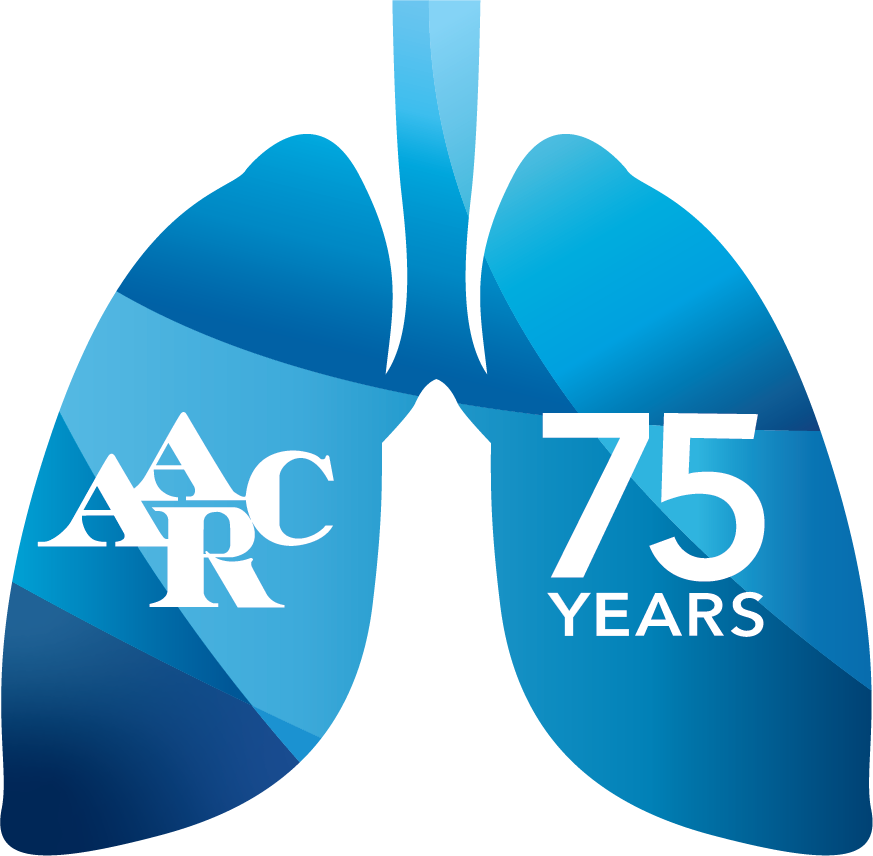
When the 1990s ended and the year 2000 dawned, the AARC was already into its sixth decade and the profession was well established and flourishing. Association leaders were ready to tackle anything the next century would bring, and respiratory therapists across the country and around the world were poised to take on even more responsibility for the care of people with respiratory conditions.
Major milestone for the Journal
Shortly after the world welcomed the new millennium, the AARC received word that an effort it had been working toward for many years had come to fruition: the Association’s science journal, RESPIRATORY CARE, was accepted into Index Medicus.
As the principal bibliographic database of the National Library of Medicine and its online counterpart, MEDLINE, Index Medicus is considered the holy grail for any scientific or medical publication, and the Journal had worked long and hard to gain inclusion.
Now RESPIRATORY CARE, which had long been the best publication for studies pertaining to the work performed by respiratory therapists on the job, would be seen by researchers around the country and, indeed, the world, as a premier respiratory health care publication worthy of their research.
The year 2000 also saw the birth of the AARC’s annual Capitol Hill Lobby Day. Created to provide an organized way for AARC members to come together in Washington, DC, to lobby members of Congress on issues important to the profession and the patients it serves, Capitol Hill Lobby Day has grown exponentially over the years, now encompassing both in-person and virtual lobbying efforts every spring.
Even the pandemic couldn’t stop the virtual campaign from going on as planned.
The 435 Plan, which operates in conjunction with the AARC state societies and the AARC Political Advocacy Contact Team to target all 435 members of the House of Representatives when needed and compliments our annual Lobby Day, got underway in 2005.
Webcast Central debuts
A membership benefit that continues to this day debuted in 2003, when the Association held its first webcast. These short programs – generally about an hour in length – cover the hottest topics in the profession and can earn AARC members one free CRCE for attending the live session.
Over the years, Webcast Central has been a go-to place for members needing CRCE credits to maintain their license to practice.
The year 2006 saw major developments in several areas. The AARC launched the Benchmarking Program to assist managers in providing accurate data to support administrative decisions and identify and promote best practices, and it established the International Education Recognition System to recognize high quality respiratory care education worldwide.
To promote continuity in leadership, the Association elected its first president to serve a two-year term in office as well, giving the president of the AARC more time to initiate and implement his or her goals for the Association.
The big news in 2007 centered around another milestone the Association had been working toward for a number of years. Thanks to aggressive lobbying on the part of the AARC and others, the U.S. Public Health Service announced that RRTs with a bachelor’s or master’s degree would be eligible to be commissioned as officers. 2007 also saw the change in terms for AARC officers from one year to two.
2015 and Beyond
The AARC launched its 2015 and Beyond project, a multi-year effort involving a series of conferences wherein leaders in the field would come together to define the knowledge, skills, and attributes that would be needed by RTs to succeed in the 21st Century in 2007 too, with the first conference taking place in 2008.
Two more conferences would follow over the next few years.
In 2009, the AARC teamed up with the U.S. Department of Health and Human Services to conduct the National Ventilator Survey. The survey was designed to determine the number and type of ventilators in the nation’s hospitals, information that would be needed in the event of a large scale national emergency involving respiratory needs.
The pandemic we’ve all just experienced emphasizes the wisdom in conducting that survey back in 2009.
The first decade of the new millennium ended with four major accomplishments. Hawaii became the 49th state to achieve state licensure, the AARC kicked off its foray into social media with the launch of AARConnect, AARC Times introduced a digital counterpart, and last but not least, the AARC topped the 50,000 member mark for the first time it its history.
Public relations take center stage
The second decade of the 21st Century saw its fair share of pioneering initiatives and accomplishments as well.
In keeping with the Association’s mission to educate the public about respiratory therapists, the AARC engaged in a number of public relations efforts, alone and with other organizations.
DRIVE4COPD, supported by the COPD Foundation, was a multiyear effort aimed at screening one million people for COPD, and the AARC played a huge role in helping the Foundation reach that goal by hosting screening events in locations all across the country. In the process they got the word out about the role RTs play in health care as well.
The AARC’s Ventilator 5K events, sponsored by the American Respiratory Care Foundation (ARCF), got RTs and RT students to dress up their favorite ventilators and push them around a track, all to raise awareness of the profession, along with much needed funds for the ARCF that would go to support research and education.
These fun events were a big hit with RT educational programs in particular.
The Association launched its YouTube channel in the early years of the decade as well to serve as a repository for videos related to the profession and the Association.
Expanding continuing education
The Journal dived deeper into the digital age in 2011, as RESPIRATORY CARE launched an online version, and it also began publishing papers online ahead of print to get the latest scientific evidence out to readers as quickly as possible.
The Leadership Institute debuted in 2013 to bring online modules in management, education, and research to therapists interested in furthering their knowledge and skills in those areas of the profession.
RTs seeking continuing education from the AARC benefited from a major upgrade in the platform used to house these online courses in 2015 with the debut of AARC University. The online platform greatly simplified the process of searching for courses to meet specific needs and taking the post-tests necessary to earn CRCE credit.
The AARC’s 2015 and Beyond initiative came to fruition in 2014 with the publication of a new Strategic Plan developed by the AARC leadership. The plan identified a series of core objectives that leaders believed would ensure a solid future for respiratory therapists.
While the Association was squarely focused on moving forward, it kept the past in mind as well, with the launch of the AARC Virtual Museum mid-year. The museum has grown markedly over the years and now stands as the most complete repository of respiratory care historical documents, photos, and other memorabilia available anywhere.
Keeping an eye on the future
The final years of the second decade of the 2000’s were marked by efforts at the Association to raise the educational and credentialing levels of respiratory therapists to ensure they would be able to maintain their place in the hierarchy of patient care.
Position statements were issued to that effect, and the AARC began working more closely with the state societies to promote regulatory and legislative changes that would make the RRT the entry level credential for therapists.
The Association once again turned inward as well, developing Horizon Goals designed to take the Association into the next decade. Dealing with advocacy, communication, education, membership growth, best patient outcomes, and financial opportunities, the goals continue to guide the projects and programs offered by the AARC today.
Ready for the challenge to come
We all know now that 2019 came to an end with one seemingly obscure news story out of Wuhan, China that would not only turn the whole world on end but become the biggest challenge to ever face respiratory therapists.
Thanks to decades of hard work on behalf of the profession, the AARC was prepared to support those therapists as they rose to meet that challenge.






